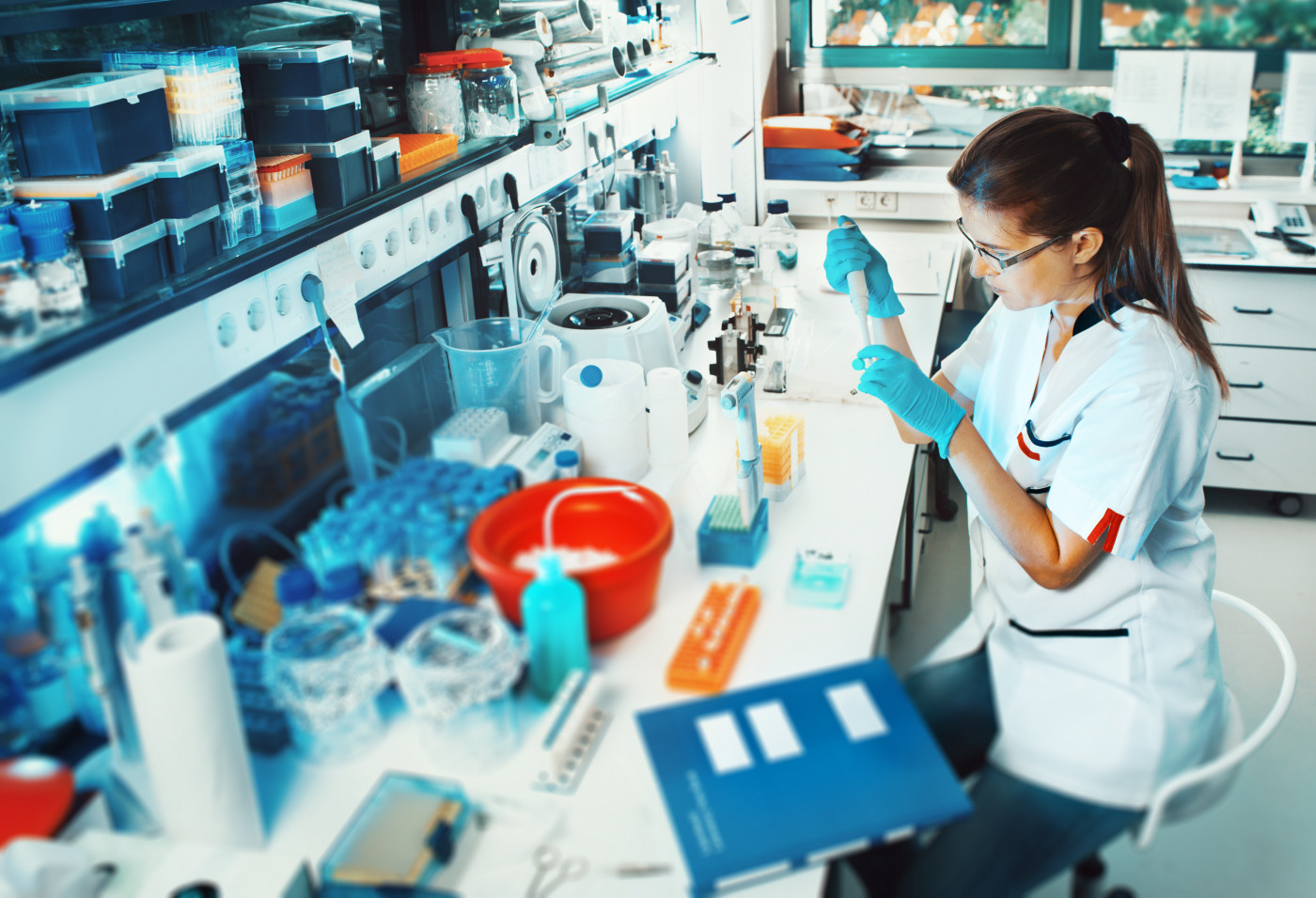Blocking EYA3 Enzyme May Prevent Vascular Remodeling Seen in PAH, Study Suggests

An enzyme involved in DNA damage processes, called EYA3, contributes to structural changes in lung blood vessels and to the progression of pulmonary hypertension (PH), according to a study in patient-derived cells and in rats.
These findings also suggest that blocking EYA3 could be an effective treatment for people with this disease.
The study, “The EYA3 tyrosine phosphatase activity promotes pulmonary vascular remodeling in pulmonary arterial hypertension,” was published in the journal Nature Communications, and was led by researchers at Cincinnati Children’s Hospital Medical Center.
PH is characterized by changes in the structure of lung blood vessels — a process called vascular remodeling — and blood vessel constriction, impairing blood flow.
Vasodilators are a first line of treatment for these patients, as they widen blood vessels and ease blood flow. But as the disease progresses, vasoconstriction becomes less important and vascular remodeling starts to be the predominant troublesome factor.
“Reversal of remodeling and hence restoration of vascular structure and function is the unmet therapeutic goal,” the researchers wrote.
DNA damage, altered DNA-damage control, and chronic inflammation are the main molecular features of pulmonary arterial hypertension (PAH). Yet, pulmonary vascular cells can resist cell death mechanisms and proliferate more than expected, suggesting that inhibiting DNA-damage repair may represent a way of preventing PAH.
To further examine this, researchers investigated the role of EYA3 (which stands for Eyes Absent 3) in the progression of PH. This enzyme is an important regulator of DNA-damage repair, and has been explored as potential therapeutic target in cancer, in which cell death evasion and over-proliferation are also hallmark features.
Results showed that EYA3 levels were roughly 2 to 4 times higher in pulmonary arterial smooth muscle cells (PASMCs) collected from patients with idiopathic PAH, compared to healthy controls.
Lung tissue samples from PH patients also showed that EYA3 levels were higher in smooth muscle cells surrounding small pulmonary blood vessels.
While EYA3 activity could promote the survival of cells under DNA-damaging conditions and prevent their death, blocking its activity with the small molecule benzarone was associated with lower survival of PASMCs in vitro upon oxidative damage. In a rat model of PH, benzarone also reduced right ventricular systolic pressure and right ventricular hypertrophy (enlargement), two PH hallmarks.
Importantly, treating PH rats with benzarone reduced the increased thickness of their pulmonary arteries walls, dropping it from 4.5 times to 1.7 times the thickness found in healthy rats. The EYA3 inhibitor also reversed pulmonary vascular cell proliferation to control (healthy) levels in the diseased rats.
Likewise, transgenic mice with a mutation that inactivates EYA3 were protected from vascular remodeling.
Taken together, these results suggest that the EYA3 enzyme “supports the survival and proliferation of pulmonary vascular cells, and promotes vascular remodeling” in an experimental animal model of PH.
“The new molecular pathway described by our study could be targeted to develop effective therapeutics for the disease,” Rashmi Hegde, PhD, the study’s lead investigator, said in a news release.
However, “clinical translation of these findings would require the completion of critical next steps,” the researchers wrote.
These steps include understanding whether the benefits of EYA3 inhibition are triggered by a direct effect on lung blood vessels, and defining the role of EYA3 in smooth muscle and endothelial cells (the two main types of cells involved in PH).







